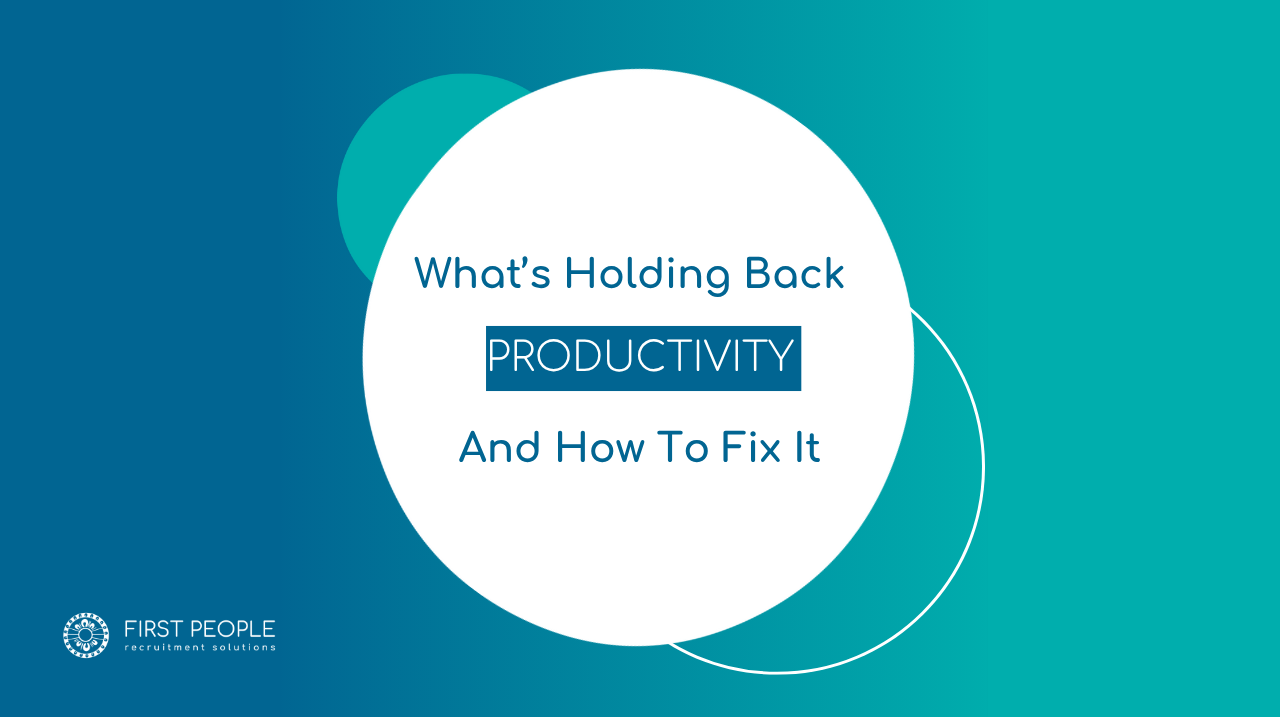Productivity is gaining renewed attention from policymakers, business leaders and economists—and for good reason. As Treasurer Jim Chalmers emphasised post-election, productivity is central to economic growth. The Productivity Commission is currently conducting five in-depth inquiries. From government discussions to boardrooms, everyone is asking the same question: how do we make Australia more productive?
Think of productivity as the “hourly wage” of the entire economy. Just as we hope our own wages rise, we want our nation to generate more income per hour worked. Higher productivity means better living standards, more innovation, and greater prosperity.
A few decades ago, productivity gains meant incomes doubled in around 39 years. At today’s sluggish rate, that same income growth could take up to 64 years—a looming generational setback for young Australians unless we act now.
The Two Pillars of Productivity
- Capital Deepening
This is about equipping workers with better tools—whether that’s machinery, technology or infrastructure. Picture a farmer upgrading from a hoe to a high-tech tractor. That’s capital deepening. - Multifactor Productivity (MFP)
This measures how effectively labour and capital are combined. Training, systems and workplace culture all feed into MFP. You can own the fastest tractor in the world—but if you don’t know how to drive it, productivity stays flat.
For decades, MFP was the hot topic: flexible work, deregulation, training. Capital deepening quietly happened in the background. But in recent years that shift has flipped. Capital investment has slowed, and that’s now the pressing issue.
Research from the Productivity Commission reveals a startling trend: growth in capital assets per worker has flatlined. Firms aren’t buying new equipment, and technologies—like AI and modern machinery—aren’t being adopted at scale. Without tools, upskilling is a bandaid—not the solution.
To reignite productivity, policy must broaden beyond training and deregulation. Here’s what’s essential:
- Rethink capital investment policy: Global players like the US are reshaping markets via industrial subsidies (see CHIPS Act, Inflation Reduction Act). Australia’s Future Made in Australia initiative, with $20 billion in funding, is a promising start—but it must be backed by real-world investment in manufacturing, research, and infrastructure.
- Revitalise corporate finance: Lower taxes can help, but they’re not enough. The real shift lies in encouraging banks to finance productive business—not just mortgages.
Since the 1980s, lending has tilted heavily toward household debt—credit for houses—rather than business assets. Across 46 countries, data shows the same pattern: capital finance is drying up, hitting productivity hard.
As Treasurer Chalmers and the Productivity Commission spotlight productivity in economic policy, Australia needs to adopt a bold approach:
- Accelerate capital deepening with targeted public and private investment
- Guide financial systems to support business infrastructure
- Complement these with supply-side policies—skills, workplace flexibility, deregulation
We’re watching this space closely. Productivity isn’t just an economic buzzword—it directly affects job opportunities, wage growth, and career stability for our communities. We’ll keep advocating for sustainable policies that put both people and productivity at the centre of Australia’s future.



